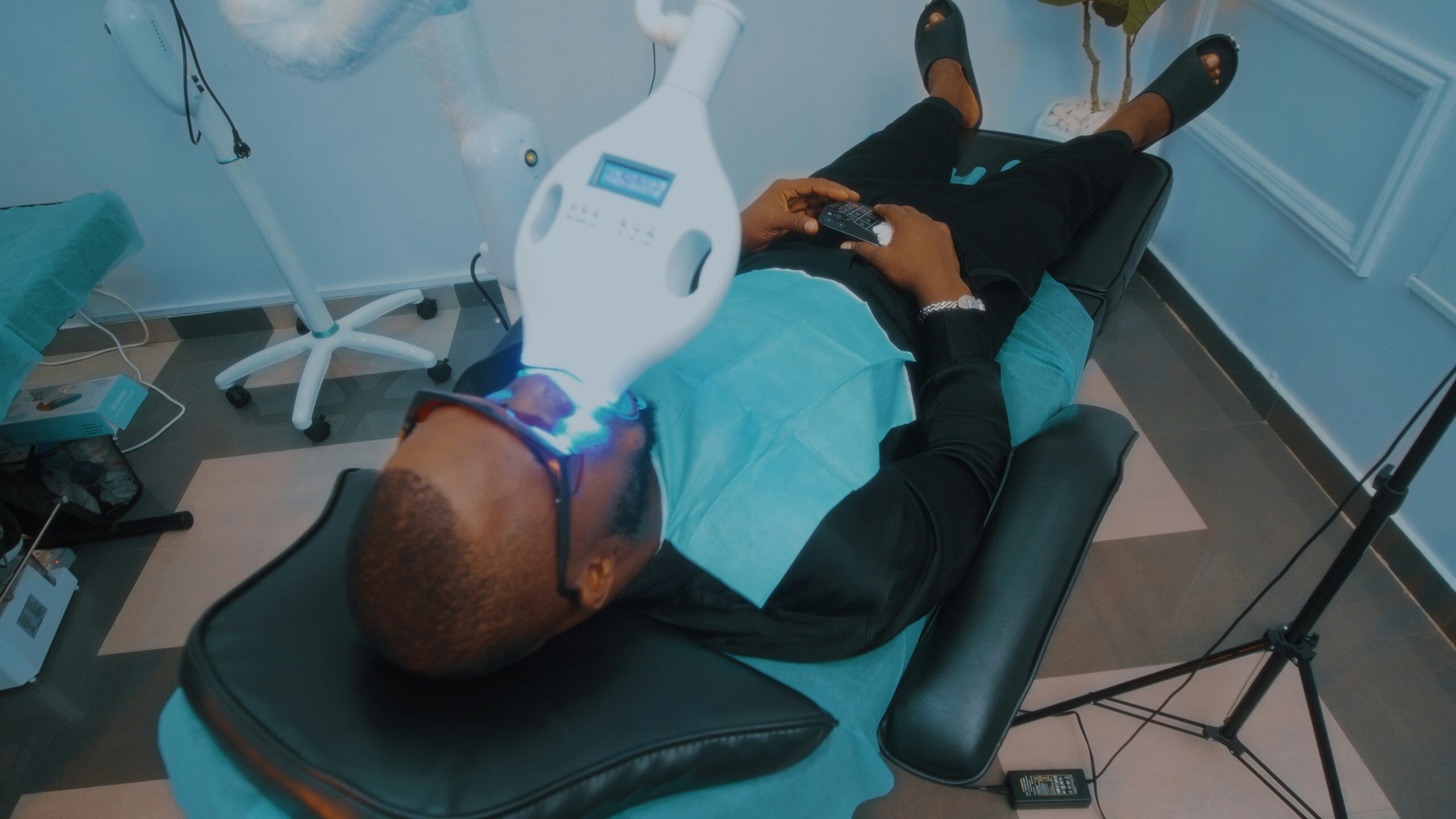In recent years, the healthcare industry has seen a significant shift towards remote services, and dentistry is no exception. The advent of telehealth has revolutionized various medical fields, and dental care is poised to follow suit.
Tele-dentistry, a subset of telehealth, involves the use of digital communication tools to provide dental care and consultation services. With advancements in technology, tele-dentistry is becoming increasingly viable. High-resolution imaging, secure data transfer, and video conferencing enable dentists to diagnose and monitor dental conditions remotely. This technological evolution is crucial in making dental care more accessible, especially for individuals in remote or underserved areas.
Benefits of Remote Dental Care
- Increased Accessibility: One of the most significant benefits of remote dental care is its ability to reach patients who may otherwise have limited access to dental services. Rural communities, individuals with mobility issues, and those with busy schedules can now receive timely dental consultations without the need for physical travel.
- Cost-Effectiveness: Remote dental care can significantly reduce costs for both patients and providers. Patients save on travel expenses and time off work, while dental practices can lower overhead costs associated with in-office visits. This cost efficiency can lead to more affordable dental care.
- Convenience and Comfort: Patients often feel more comfortable discussing their dental concerns from the privacy of their homes. This convenience can lead to more honest communication and better patient engagement, ultimately improving treatment outcomes.
- Preventive Care and Early Diagnosis: Regular remote check-ups can help in the early detection of dental issues. Early diagnosis and intervention are key to preventing more severe dental problems, which can be more costly and complex to treat.
Technological Innovations
The future of remote dental care will likely be driven by continuous technological innovations. Some emerging technologies that could shape the landscape include:
- Artificial Intelligence (AI): AI can assist in analyzing dental images and diagnosing conditions with high accuracy. AI-driven tools can also provide personalized treatment plans and reminders for patients, enhancing the overall care experience.
- 3D Printing: This technology can be used to create dental prosthetics and models based on digital scans. Patients can receive customized dental appliances faster and with greater precision, improving the quality of care.
- Wearable Devices: Wearable dental devices that monitor oral health metrics in real-time could become commonplace. These devices can send data directly to dentists, allowing for continuous monitoring and timely interventions.
- Mobile Apps: Apps designed for dental care can facilitate remote consultations, appointment scheduling, and provide educational resources. They can also integrate with electronic health records (EHRs) to ensure seamless communication between patients and providers.
Challenges and Considerations
While the future of remote dental care is promising, there are challenges to address. Ensuring patient data privacy and security is paramount. Regulations and standards need to evolve to keep pace with technological advancements. Additionally, not all dental procedures can be performed remotely, necessitating a hybrid approach where in-person visits are complemented by remote consultations.
Conclusion
The future of remote dental care is bright, with the potential to transform how we access and deliver dental services. By leveraging technology, we can make dental care more
accessible, efficient, and patient-centric. Embracing remote dental care not only addresses the barriers faced by underserved populations but also enhances the overall healthcare experience. As technology continues to advance, the integration of remote dental services will become an integral part of comprehensive dental care, ensuring better oral health outcomes for all.
Final Thoughts
The journey towards widespread adoption of this involves continuous innovation and adaptation. Dental professionals must stay abreast of technological advancements and be prepared to integrate these tools into their practice. Patients, on the other hand, should be open to embracing new ways of receiving dental care. Together, we can pave the way for a future where high-quality dental care is accessible to everyone, regardless of their location or circumstances.
As the digital revolution in healthcare continues, the future of remote dental care looks promising, offering a win-win scenario for both patients and dental care providers. With ongoing advancements and a collective effort towards embracing tele-dentistry, we can look forward to a more inclusive, efficient, and innovative dental care landscape.




